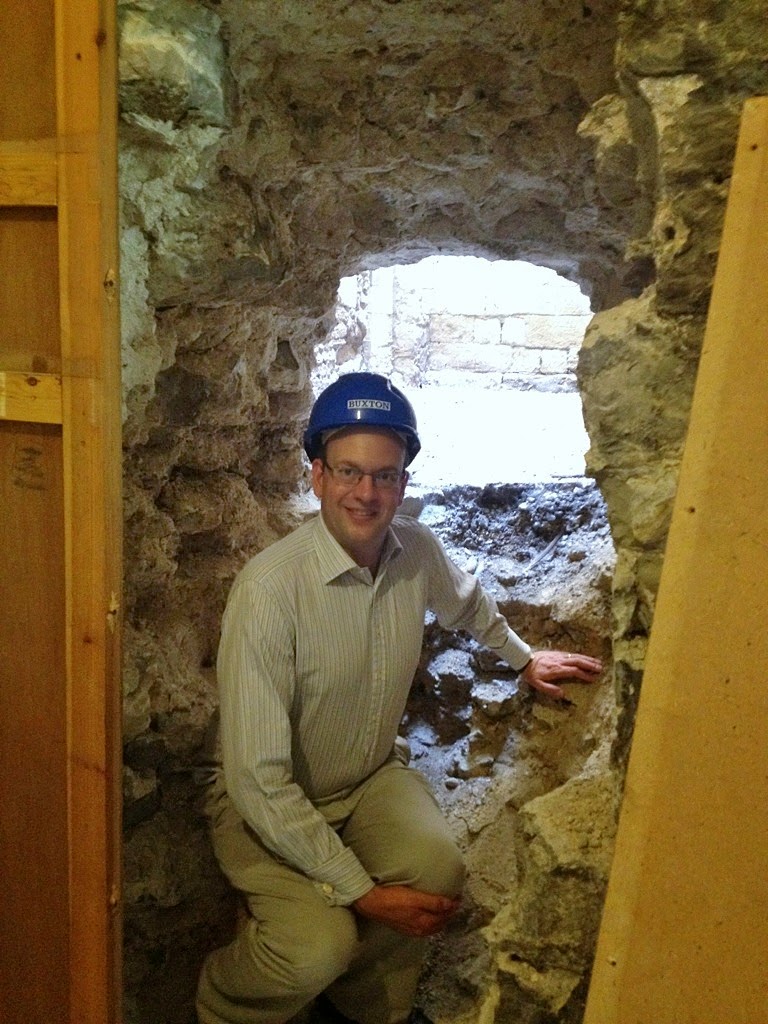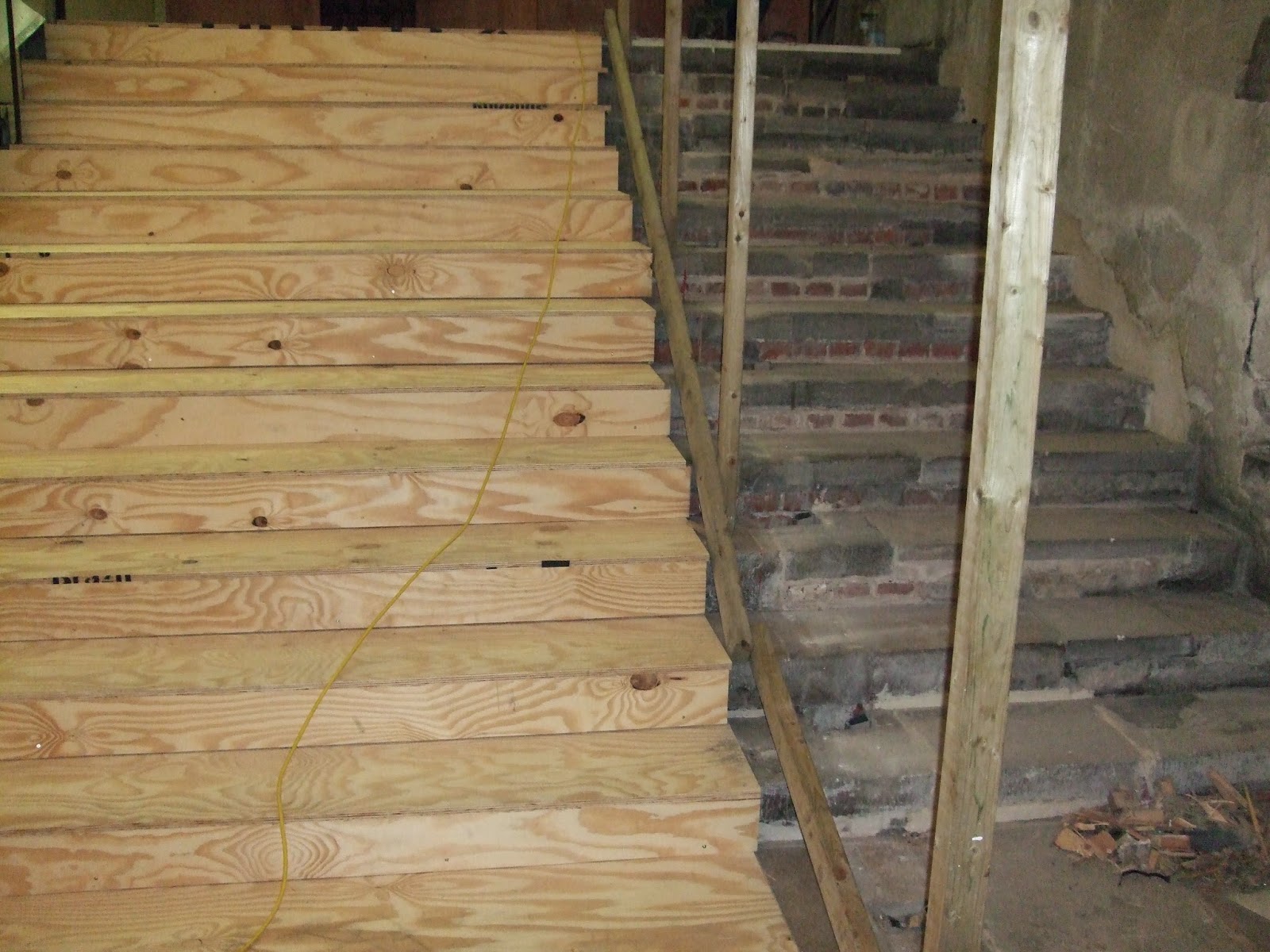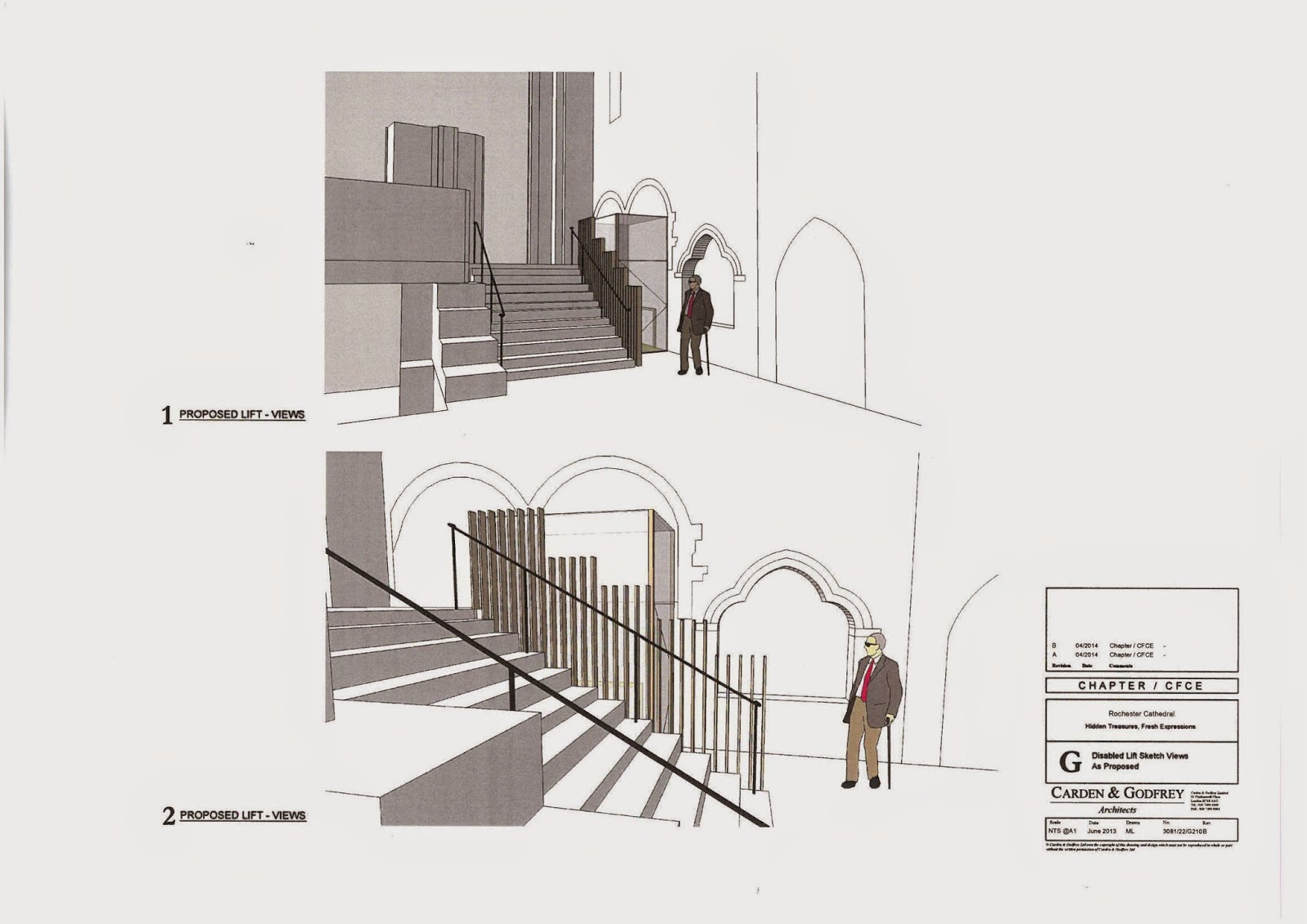Asbestos
Stops Play
The Dean of Rochester Cathedral, The Very Revd Dr Mark
Beach, has asked me to write a blog after I was shown round the multi-million
improvement works being undertaken at the cathedral.
 I am used to waiting in the cathedral crypt on Remembrance Sundays
before we lay wreaths at Rochester War Memorial. I have never before explored
them to the extent I did yesterday and, while the crypt works are the single
largest part of the current cathedral building project, there are many other
aspects to the work.
I am used to waiting in the cathedral crypt on Remembrance Sundays
before we lay wreaths at Rochester War Memorial. I have never before explored
them to the extent I did yesterday and, while the crypt works are the single
largest part of the current cathedral building project, there are many other
aspects to the work.
Having recently spent time in the crypt of Canterbury
Cathedral, I am delighted that we will, thanks to this investment from the
Heritage Lottery Fund and others, now be making much better use of our crypt.
Education activities will benefit both locals and tourists, whilst I know
anyone who takes their children to Sunday School at the cathedral will
appreciate having just the one set of stairs to negotiate, and with a lift
option.
I was disappointed on my arrival at the cathedral yesterday
to learn that the discovery of unexpected asbestos has led to key works being
delayed for four weeks. Apparently it was the most dangerous blue type of
asbestos that was discovered in the ducting for electrics installed forty to
fifty years ago. But what is four weeks in the scheme of a cathedral that in
its current incarnation is now not too far from a millennium old?
Other finds in the works have included a contractor's note
from 1975 and two newspapers dated a few days either side of the outbreak of
World War One. Amazingly these were found in a space no-one previously knew
existed, behind paneling which concealed a bricked up staircase. The two
photos respectively show the stairs and the entrance to them ,where Head
Contractor, Dave, points to where he supervised the removal of paneling.
 I can't wait to discover what will be found as several
inches, if not feet, of early concrete and other added cathedral flooring is
removed to reveal the more original crypt base underneath, and support more
appropriate stone.
I can't wait to discover what will be found as several
inches, if not feet, of early concrete and other added cathedral flooring is
removed to reveal the more original crypt base underneath, and support more
appropriate stone.
Perhaps most exciting of all for visitors, will be the
refurbishment of the library "extension" (acutally fourteenth
century) to allow the proper display of our Textus Roffensis from c.1123 which
includes the oldest surviving English law code.
I will be back, and would encourage others to come to
Rochester to see what is being unearthed within and beneath our cathedral.













.jpg)




.jpg)
.jpg)
.jpg)





.jpg)


.jpg)














